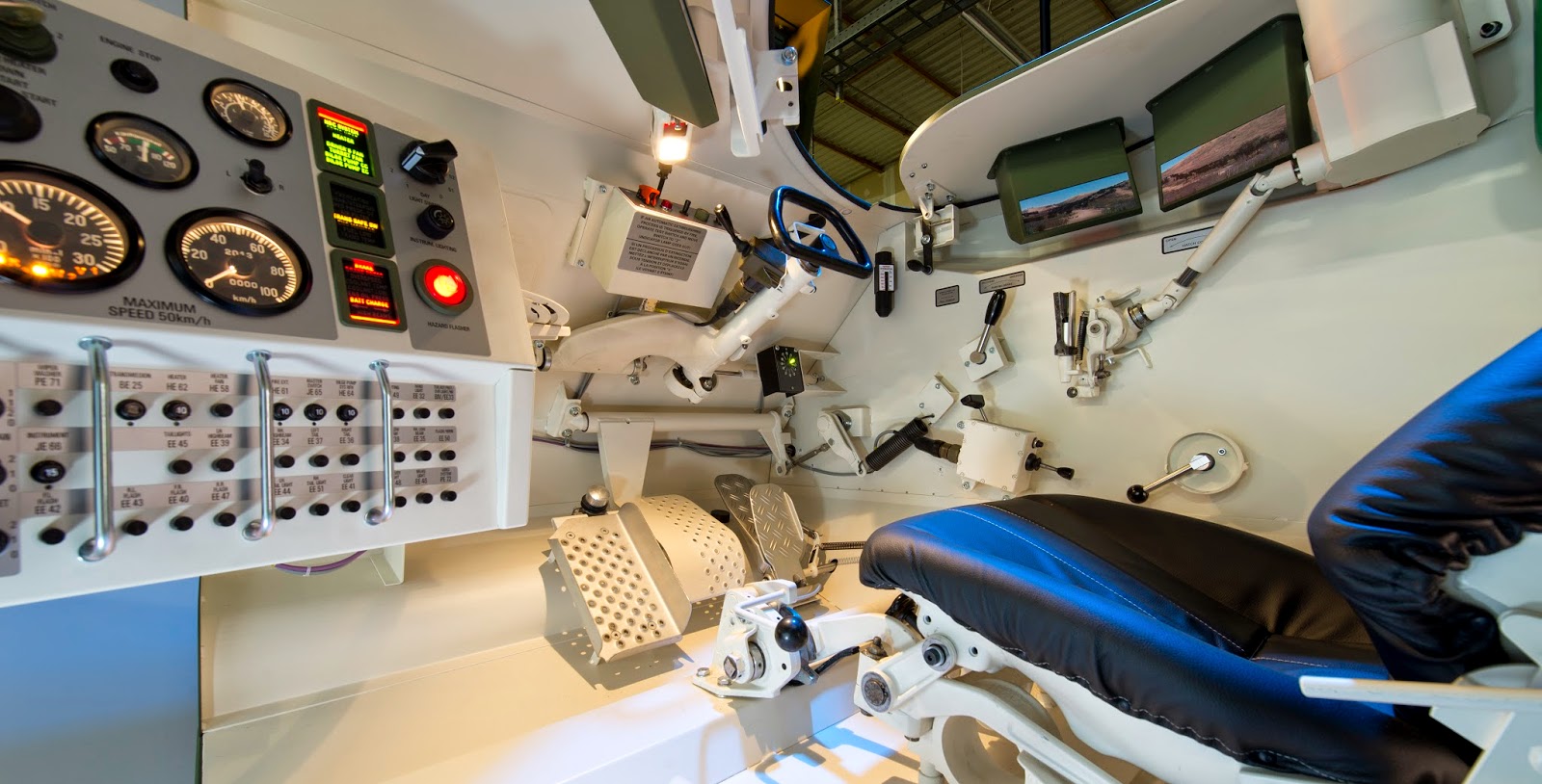Providing realistic simulation with very high levels of fidelity demands highly capable graphic user interfaces (GUI) and sophisticated simulation engines, coupled with advanced software toolkits for scenario creators to create and modify useful training scenarios rapidly and efficiently. With literally hundreds of niche organisations within the training and simulation community providing discrete aspects of the whole, it is becoming more and more the case that such companies cooperate in providing synergies to their customers – existing and potential.
At I/ITSEC 2014 in Orlando, Florida local company DiSTI Corporation– a leading provider of GUI software and customised 3D virtual maintenance training solutions – and Havok (Dublin, Ireland), a prominent provider of game development technologies, owned by Intel and with 15 years’ experience in the gaming world, announced a formal agreement to integrate the former’s flagship GL Studio toolkit into Havok’s Simulation Framework.
As a result, Havok’s existing and future customer base will be able to create HMI content rapidly and easily with GL Studio and render it with the Havok Vision Engine, the foundation technology within the Simulation Framework. By integrating GL Studio user interface content developers can now introduce an additional level of realism in the cockpits, instrumentation, and dashboards presented to the simulation developer and end user.
Havok’s Simulation Framework is a cross-platform 3D visualisation toolkit empowering rendering of highly complex scenes at smooth frame rates. One of the standout features of the toolkit is its physics-based nature, which enables users to construct highly accurate vehicle and platform simulations with levels of fidelity to enhance the training experience.
"Integrating GL Studio content into Vision Engine offers the two companies’ mutuaol customer base “a very powerful solution for their realtime applications,” said Joe Swinski, President of DiSTI.
End to end training solutions in immersive applications are now de rigeur for many users of military simulation solutions – and crossover into other mission critical areas of team training, such as emergency response and event security management is not lagging far behind. Cory Kumm, Havok’s Worldwide Director of Military & Simulation, said, “Through this integration we’re further extending the development possibilities of the Havok Simulation Framework. Now our users will be able to create accurate simulated instrumentation in addition to highly realistic Havok Physics based simulated vehicles for a complete range of vehicle simulation capability. ”
At I/ITSEC 2014 in Orlando, Florida local company DiSTI Corporation– a leading provider of GUI software and customised 3D virtual maintenance training solutions – and Havok (Dublin, Ireland), a prominent provider of game development technologies, owned by Intel and with 15 years’ experience in the gaming world, announced a formal agreement to integrate the former’s flagship GL Studio toolkit into Havok’s Simulation Framework.
As a result, Havok’s existing and future customer base will be able to create HMI content rapidly and easily with GL Studio and render it with the Havok Vision Engine, the foundation technology within the Simulation Framework. By integrating GL Studio user interface content developers can now introduce an additional level of realism in the cockpits, instrumentation, and dashboards presented to the simulation developer and end user.
Havok’s Simulation Framework is a cross-platform 3D visualisation toolkit empowering rendering of highly complex scenes at smooth frame rates. One of the standout features of the toolkit is its physics-based nature, which enables users to construct highly accurate vehicle and platform simulations with levels of fidelity to enhance the training experience.
"Integrating GL Studio content into Vision Engine offers the two companies’ mutuaol customer base “a very powerful solution for their realtime applications,” said Joe Swinski, President of DiSTI.
End to end training solutions in immersive applications are now de rigeur for many users of military simulation solutions – and crossover into other mission critical areas of team training, such as emergency response and event security management is not lagging far behind. Cory Kumm, Havok’s Worldwide Director of Military & Simulation, said, “Through this integration we’re further extending the development possibilities of the Havok Simulation Framework. Now our users will be able to create accurate simulated instrumentation in addition to highly realistic Havok Physics based simulated vehicles for a complete range of vehicle simulation capability. ”
Tim Mahon


.jpg)


























